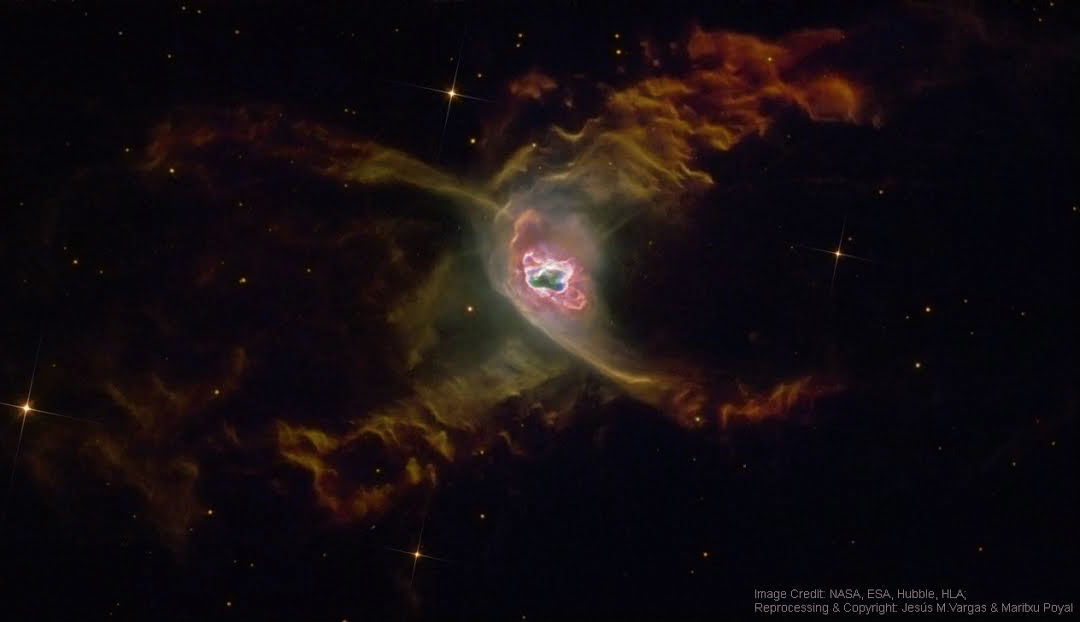There are advances being made almost daily in the disciplines required to make space and its contents accessible. This blog brings together a lot of that info, as it is reported, tracking the small steps into space that will make it just another place we carry out normal human economic, leisure and living activities.
Wednesday, 19 April 2017
Asteroid Misses Earth Narrowly, by Cosmic Standards
The asteroid, 2014 JO25, which is approximately 2,000 feet end-to-end, was about 1.1 million miles away when it passed by on Wednesday morning.
via New York Times
Graphene 'copy machine' may produce cheap semiconductor wafers
A new technique may vastly reduce the overall cost of wafer technology and enable devices made from more exotic, higher-performing semiconductor materials than conventional silicon. The new method uses graphene -- single-atom-thin sheets of graphite -- as a sort of 'copy machine' to transfer intricate crystalline patterns from an underlying semiconductor wafer to a top layer of identical material.
via Science Daily
Newly discovered exoplanet may be best candidate in search for signs of life
An exoplanet orbiting a red dwarf star 40 light-years from Earth may be the new holder of the title 'best place to look for signs of life beyond the solar system.' Using ESO's HARPS instrument, and other telescopes, astronomers discovered a 'super-Earth' orbiting in the habitable zone around the star LHS 1140. This world is larger and more massive than the Earth and has likely retained most of its atmosphere. This makes it one of the most exciting targets for atmospheric studies.
via Science Daily
Zazzle Space Exploration market place
A New Exoplanet May Be the Most Promising Yet in Search for Signs of Life
The planet, about 40 light years from Earth, is close enough that astronomers hope they will someday be able to probe its atmosphere for signs of water or other evidence of suitability for life.
via New York Times
Graphene and gold make a better brain probe
Scientists have created more flexible neural electrodes that minimize tissue damage and still transmit clear brain signals.
via Science Daily
Graphene progress to prototypes highlighted at Graphene 2017
Graphene 2017, Europe’s largest graphene event, became even larger this year with a record high attendance compared to any previous year. The conference, hosted in lovely Barcelona, housed nearly 100 Keynotes and Invited Speakers, more than 400 posters, more than 150 oral contributions, 55 exhibitors and a 2-day Industrial Forum.
Now in phase II, the Graphene Flagship has decidedly moved towards implementing graphene and other 2D materials in real world products and applications, which has reflected in this conference as well. Applications such as energy, opto-electronics, nanophotonics, biosensors, and medical applications were among the major discussion topics. It is becoming evident that functionalization of graphene with chemical and biological agents and its integration with other 2D materials in heterostructures is the next frontier in the applications of graphene and related materials. Integration in composites is also an important direction, especially for applications demanding large-scale production for electrical, thermal and mechanical exploitation.
Photo: Amaia Zurutuza & Miren Cajaraville at our booth.
Boosting material quality and consistency remain key demands of the graphene market. Standardization and characterization thus remain a vibrant area of research, as evidenced by many sessions dedicated to those issues, as does cutting-edge research on mechanical properties, spintronics & valleytronics, and theory & simulation. Interestingly, the industrial forum sessions were dedicated to composites, printing, thin films and devices, and commercialization, most of which areas Graphenea excels in.
Graphenea exhibited a booth that highlighted our product line and main interests. Our Scientific Director Amaia Zurutuza gave an Invited Talk about “Challenges in Graphene Integration”. Speaking at the Industrial Forum, Amaia discussed open challenges in wafer scale integration of CVD graphene into CMOS processes, as well as introducing bulk graphene (graphene oxide, etc) into composite applications. She noted a leap in applying graphene in electronics, flexible electronics, and OLED, where functional prototypes have started to appear.
Next year’s edition of the Graphene conference series will take place in Dresden. We’re hoping to see you there!
via Graphenea
The Red Spider Planetary Nebula

Oh what a tangled web a planetary nebula can weave. The Red Spider Planetary Nebula shows the complex structure that can result when a normal star ejects its outer gases and becomes a white dwarf star. Officially tagged NGC 6537, this two-lobed symmetric planetary nebula houses one of the hottest white dwarfs ever observed, probably as part of a binary star system. Internal winds emanating from the central stars, visible in the center, have been measured in excess of 1000 kilometers per second. These winds expand the nebula, flow along the nebula's walls, and cause waves of hot gas and dust to collide. Atoms caught in these colliding shocks radiate light shown in the above representative-color picture by the Hubble Space Telescope. The Red Spider Nebula lies toward the constellation of the Archer (Sagittarius). Its distance is not well known but has been estimated by some to be about 4,000 light-years.
Zazzle Space Gifts for young and old
Novel semiconductor nanofiber with superb charge conductivity developed
A novel technology that embeds highly conductive nanostructure into semi-conductor nanofiber has now been developed by researchers. The novel composite so produced has superb charge conductivity, and can therefore be widely applied, especially in environmental arena.
via Science Daily
